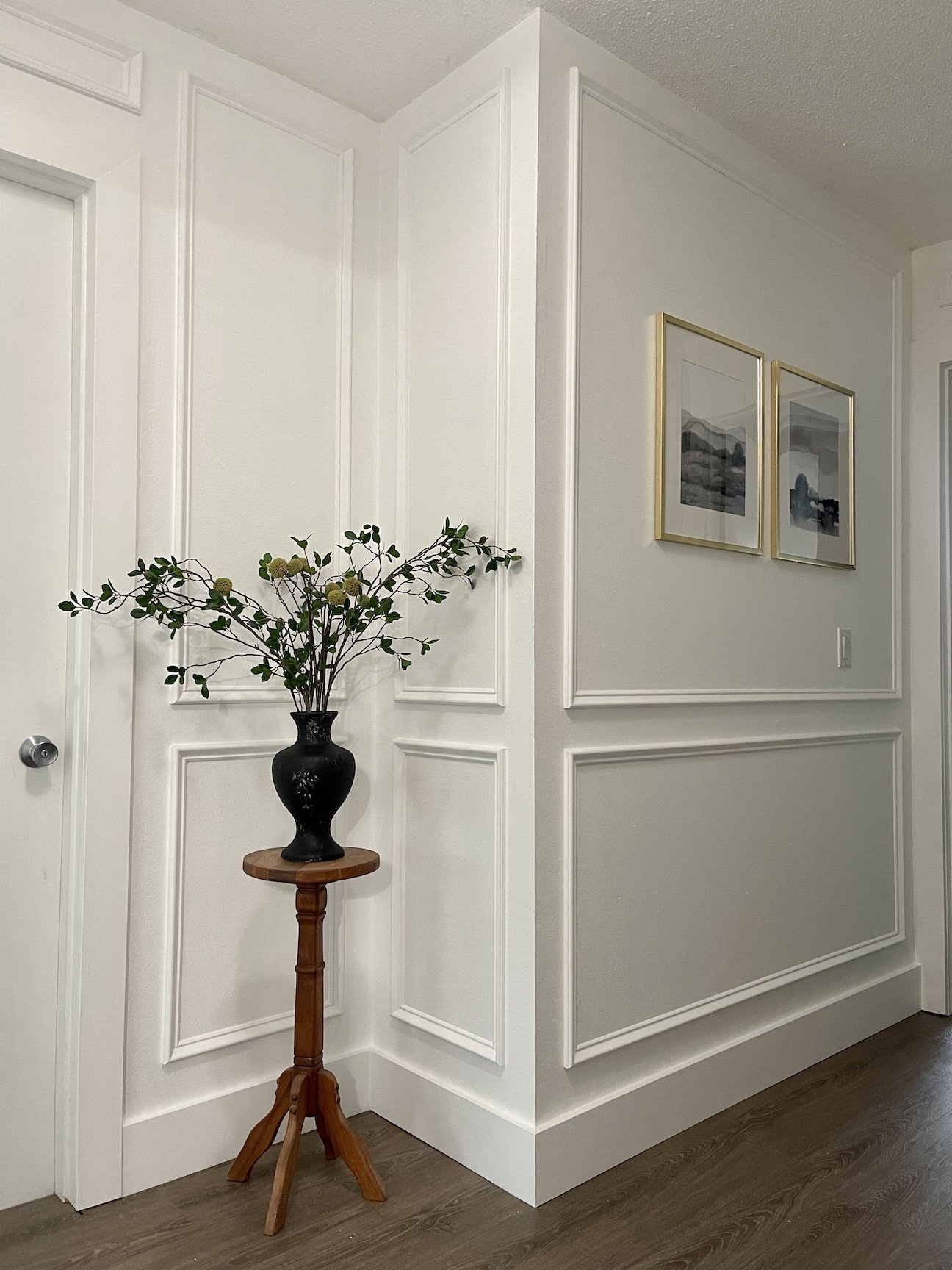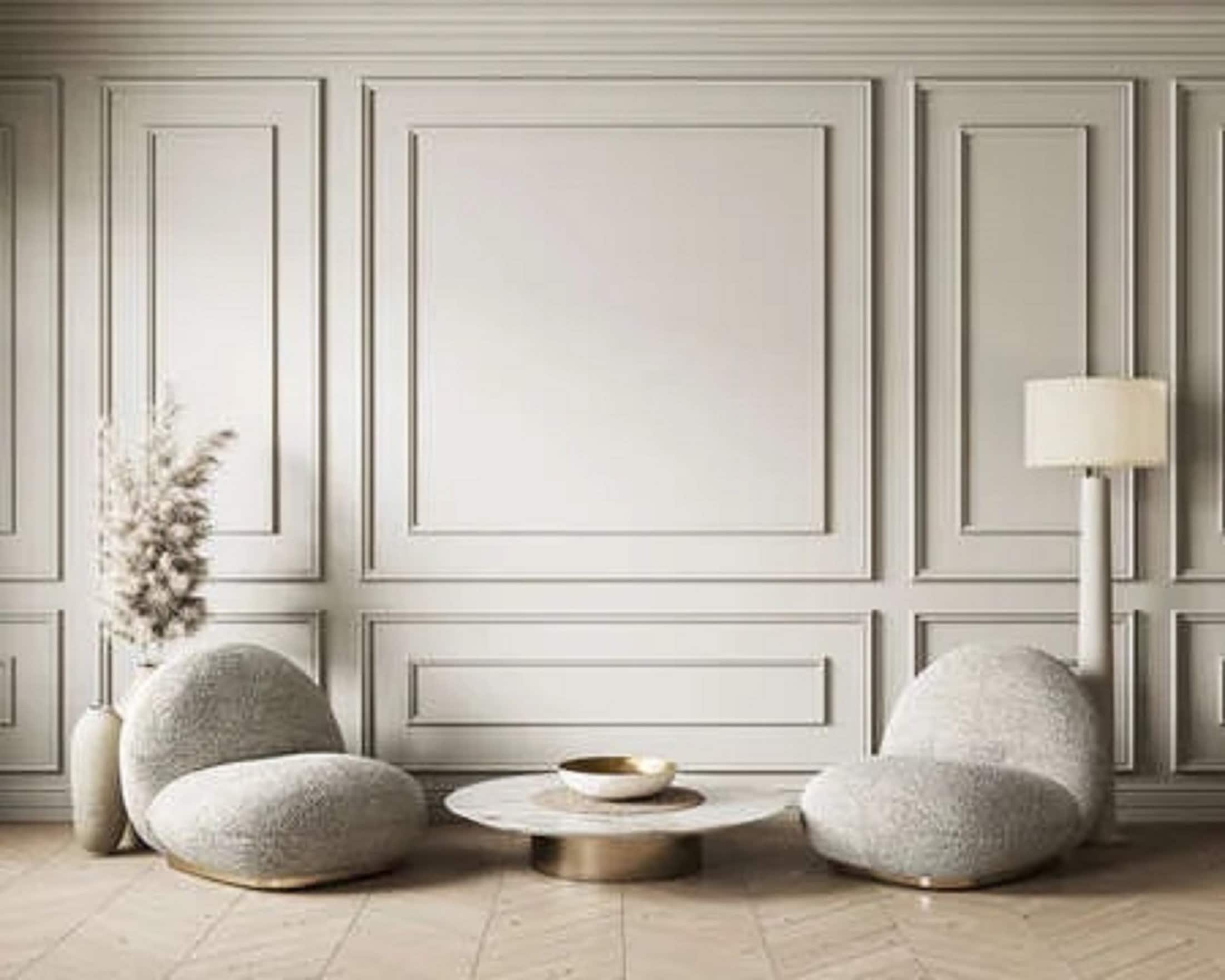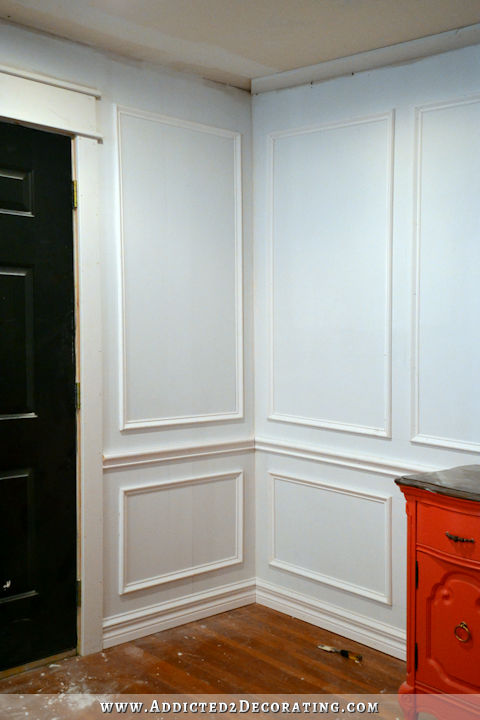Are you looking for a way to elevate your home decor? Decorative framing on walls can provide that much-needed touch of elegance and style. As someone who has personally experimented with various framing techniques, I’m excited to share insights and ideas that can inspire your creative journey. This comprehensive guide will delve into the world of decorative framing, exploring its history, benefits, techniques, and how you can incorporate it into your home. Let’s embark on this beautiful journey together!
Understanding Decorative Framing
At its core, decorative framing involves the use of frames or border elements to enhance the appearance of wall art, photos, or even the walls themselves. Decorative framing can transform a plain wall into a stunning focal point and add depth and character to your space. Over the years, I have found that the right frame can significantly enhance the mood of a room.
The History of Decorative Framing
Decorative framing has a rich history that dates back to ancient civilizations. From the ornate frames of the Renaissance period to the simple styles of modern minimalism, framing has always played a crucial role in how we perceive art and objects in our environment. Understanding this history can help you choose a style that resonates with your personal aesthetic.

Key Historical Periods in Framing
- Renaissance: Intricate designs with gold leafing.
- Baroque: Highly elaborate and theatrical frames.
- Modernism: Focus on simplicity and functionality.
- Contemporary: Eclectic styles that reflect individual tastes.

The Benefits of Decorative Framing
So why should you consider decorative framing? Beyond aesthetics, there are numerous benefits that can enhance your living space. Here are some key advantages:

- Personal Expression: Decorative framing allows you to showcase your personality and style.
- Enhanced Aesthetics: Well-framed art can significantly elevate room decor.
- Focus on Specific Areas: Framing can draw attention to a particular section of a wall or room.
- Protection: Frames protect your art and photographs from dust and damage.
Choosing the Right Frame for Your Space

Choosing the right frame can be daunting due to the vast array of options available. I remember my first major framing project; I spent hours in a shop, overwhelmed by choices! Here are some key factors to consider when selecting a frame.
1. Style

Frames come in various styles, from vintage to contemporary. Assess the overall decor of your room to pick a frame that complements your existing items.
2. Material

Frames can be made from a variety of materials, including wood, metal, and plastic. Each offers a different aesthetic and level of durability.
3. Size

The size of your frame should be proportional to both your art and your wall space. Large frames can make a bold statement, while smaller frames are great for creating a gallery wall.
Techniques for Decorative Framing
Now that you understand the benefits and considerations, let’s explore various techniques for decorative framing that can transform your walls.
1. Gallery Walls
Gallery walls are a popular trend where multiple frames are arranged together to create an eclectic display of art and photographs. Here are some tips for creating an eye-catching gallery wall:
- Select a common theme: Choose art pieces that share a color palette or subject matter.
- Mix frame styles: Don’t be afraid to combine different frame styles for a more dynamic look.
- Use templates: Before hanging, lay out your frames on the floor to find the perfect arrangement.
2. Moulding and Trim
Using decorative moulding or trim adds architectural interest to walls. Here’s how you can use moulding:
- Picture Frames: Frame a section of the wall to create a picture-frame effect.
- Shadow Boxes: Build shadow boxes to display three-dimensional items like memorabilia.
3. Floating Frames
Floating frames give a modern twist to framing by allowing the artwork to appear suspended between two panes of glass. This technique highlights the artwork itself without the distraction of a chunky frame.
Popular Styles of Decorative Frames
Decorative frames come in various styles. Here are some popular options that I’ve personally used and loved!
| Frame Style | Description | Best For |
|---|---|---|
| Ornate Frames | Intricately designed with embellishments. | Traditional decor, classical art. |
| Modern Frames | Sleek and minimalistic, often made from metal or glass. | Contemporary art, minimalist spaces. |
| Rustic Frames | Made from reclaimed wood, giving a vintage feel. | Cottage-style decor, nature-themed art. |
| Shadow Box Frames | Deep frames that allow for dimensional artwork. | Memorabilia, three-dimensional objects. |
Framing Techniques for Specific Types of Art
Different types of artwork may require specific framing techniques. Here are some insights based on my experiences:
1. Photographs
When framing photographs, consider using UV-protective glass to prevent fading. Matting is a great way to enhance the visual impact of a photo.
2. Canvas Art
Canvas art can be framed in a way that does not cover the edges. A floating frame works beautifully here, showcasing the edges of the canvas while keeping the focus on the artwork.
3. Textiles
For textile art, such as tapestries or quilts, consider using a shadow box frame to protect and display the fabric properly. This prevents creasing and damage while allowing visibility from both sides.
DIY Decorative Framing Projects
Feeling hands-on? Here are a couple of DIY projects that can add flair to your walls without breaking the bank.
1. Repurposed Frames
Old frames can be given a new life! Paint them in a bold color or distressed finish to match your decor. Stack or arrange them in a unique pattern on the wall for an artistic display.
2. Fabric Frame Art
Your favorite fabric can be framed just like art. Stretch it across a frame, and you’ve got a colorful piece that adds texture to your space.
Maintaining Your Decorative Frames
Once you’ve installed your frames, proper maintenance is essential to keep them looking their best. Here are a few tips:
- Regular Dusting: Use a soft cloth to dust frames regularly to prevent buildup.
- Check for Damage: Regularly inspect frames for any signs of wear or damage and address issues immediately.
- Avoid Direct Sunlight: Keep your frames away from direct sunlight to prevent fading and warping.
FAQs About Decorative Framing
What kind of frames should I use for art prints?
For art prints, consider using frames with a matte finish to reduce glare. A simple black or white frame can give a modern touch, while ornate frames add a classic style.
How do I hang a gallery wall?
To hang a gallery wall, start by laying out the frames on the floor to decide on a layout. Use painter’s tape to outline the layout on the wall, and then hang the frames, starting from the center and working outwards.
Can I mix different frame styles?
Absolutely! Mixing different frame styles can create a more dynamic and personalized gallery wall. Just ensure that there’s some common theme or color to tie the frames together.
How do I prevent my pictures from fading?
Use UV-protective glass in your frames to shield your pictures from sunlight. Additionally, keep your artwork out of direct sunlight to minimize fading.
What are some budget-friendly framing options?
If you’re on a budget, consider using thrifted frames or DIY solutions like repurposed wood or fabric to create unique framing options without high costs.
Conclusion: Frame Your World
Decorative framing is not just about aesthetics—it’s about telling a story and expressing your personality. Whether you are a seasoned decorator or just beginning to explore the world of interior design, the right frames can bring your walls to life. From gallery walls to DIY projects, there’s no limit to the creativity you can unleash.
As you embark on your decorative framing journey, remember to have fun and embrace your personal style. Let your walls reflect who you are, and enjoy the transformation that decorative framing brings to your home!
Happy framing!